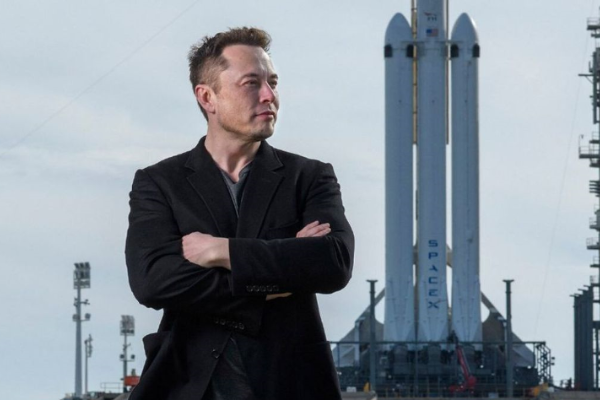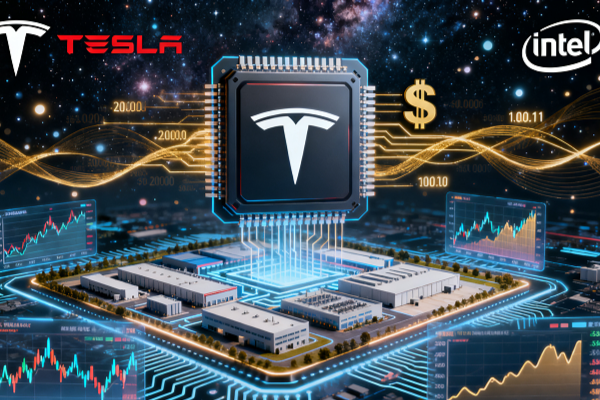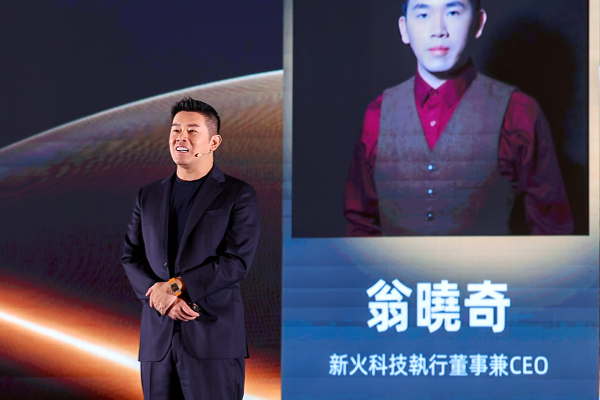OpenAI CEO proposed the “100-fold expansion” plan for the first time: more than 1 million GPUs will be online by the end of 2025!

CEO Sam Altman recently announced on social media that OpenAI plans to launch more than 1 million GPUs by the end of 2025. This ambitious "100-fold expansion" technology vision is eye-catching.
It is reported that OpenAI's strategy mainly revolves around three core areas: the Stargate project, chip supply chain reconstruction, and energy challenges. Stargate is a newly established company of OpenAI, aiming to inject huge funds into the construction of AI infrastructure. In the next four years, the project is expected to invest up to US$500 billion (about RMB 3.59 trillion) to build a new AI infrastructure in the United States.
The first phase of the Stargate project is located in Abilene, Texas, covering an area of 1,000 acres, and plans to build the world's largest AI training cluster. OpenAI has established close cooperative relations with many well-known companies such as SoftBank and Oracle. SoftBank CEO Masayoshi Son will serve as chairman of Stargate, responsible for overall financial planning, while OpenAI will be responsible for daily operations. In addition to the Stargate project, OpenAI will also work with giants such as Arm, Microsoft, and Nvidia to further promote the development and application of AI technology. This series of initiatives shows OpenAI's strong sense of competition and technological ambition in the global AI infrastructure competition. It is worth mentioning that with the surge in demand for GPUs, OpenAI's plan may trigger a violent reaction in the market. Competition in the AI industry is becoming increasingly fierce. OpenAI's vision of "hundredfold expansion" is not only an important milestone in its own development, but will also profoundly affect the pattern and future of the entire industry. OpenAI's strategic layout indicates that AI technology will enter a new stage of rapid development, and future AI applications will be more extensive and in-depth, which deserves our continued attention.









